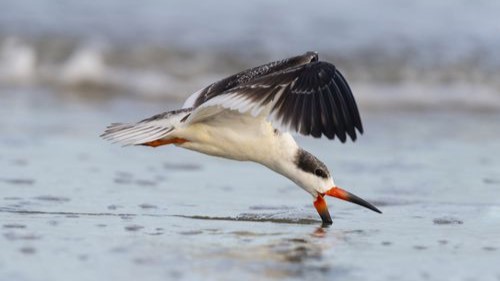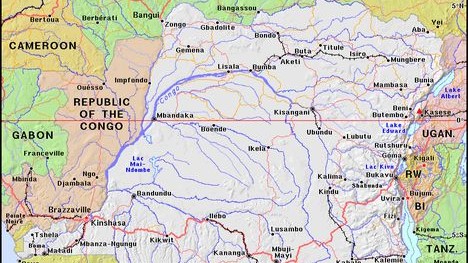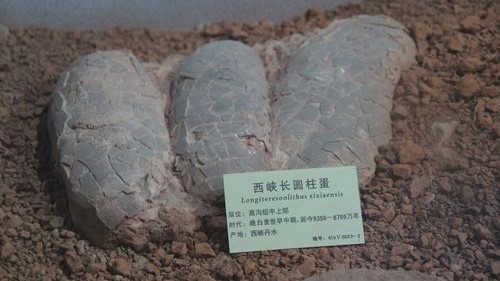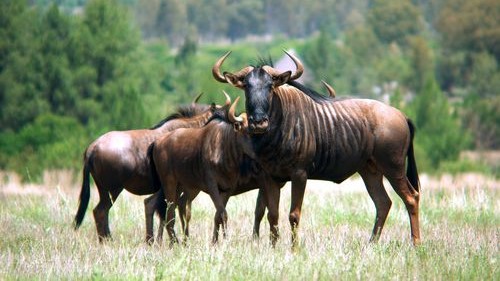Have you ever had a nickname? There is a type of seabird that spends time in South Carolina that has several nicknames! It’s been called scissor-bill, shearwater, seadog, flood gull, storm gull, and cutwater. Most people call it the black skimmer.
The black skimmer is a long-winged bird with mostly black feathers. Its wingspan can be more than 42 inches! Its bill is unusual because the lower section, called the lower mandible, is much longer than the upper part. This size difference helps the black skimmer catch fish more easily by feeling them in the water. The bird flies—skims—along the surface of the water. When it feels a fish, it clamps down, pulls the fish from the water, and enjoys a nice meal. Since black skimmers catch fish by feel, these birds can even find food at night. The black skimmer is part of a family of different types of skimmers. As a group, they are the only birds in the world that feed this way.
Black skimmers live mostly in coastal areas. In the past few years, several big hurricanes along the east coast of the United States have caused damage to islands with nesting grounds for birds. One of these was Crab Bank, an island in Charleston Harbor in South Carolina near the coastal town of Mount Pleasant.
In 2015, more than 5,000 birds built nests on the island. In addition to the black skimmers, many other seabirds and shorebirds nested there, including brown pelicans, royal terns, and American oystercatchers. But Crab Bank was eroding, and in 2017, Hurricane Irma washed away the last bit of high ground, eliminating the nesting grounds. The island was reduced to just two acres in size.
Now, conservation groups are working with the U.S. Army Corps of Engineers to restore the island. There is a project underway to dredge sand from a nearby river to make it deeper for larger boats. The sand will be transported by barge and added to Crab Bank. The conservation groups plan to add 78 acres of sandy beach to the island. They also will add sea grasses to hold the sand in place. That will make the island and Mount Pleasant better able to withstand future storms. It also means there will be new nesting grounds for all the birds, including the black skimmers.
People who live in Mount Pleasant are happy that Crab Bank is being restored, because visitors will return to the area. Visitors help support the local economy. Many bird-watchers travel to that area for the great view of flocks of shorebirds and pelicans flying in formation, and the beautiful black skimmers catching their evening meals.









